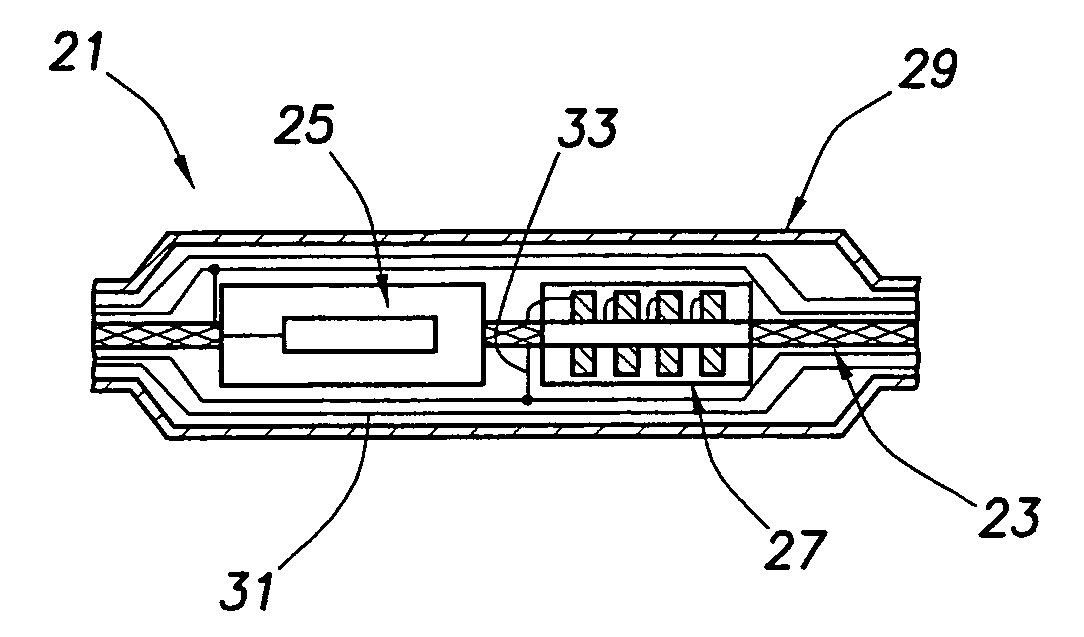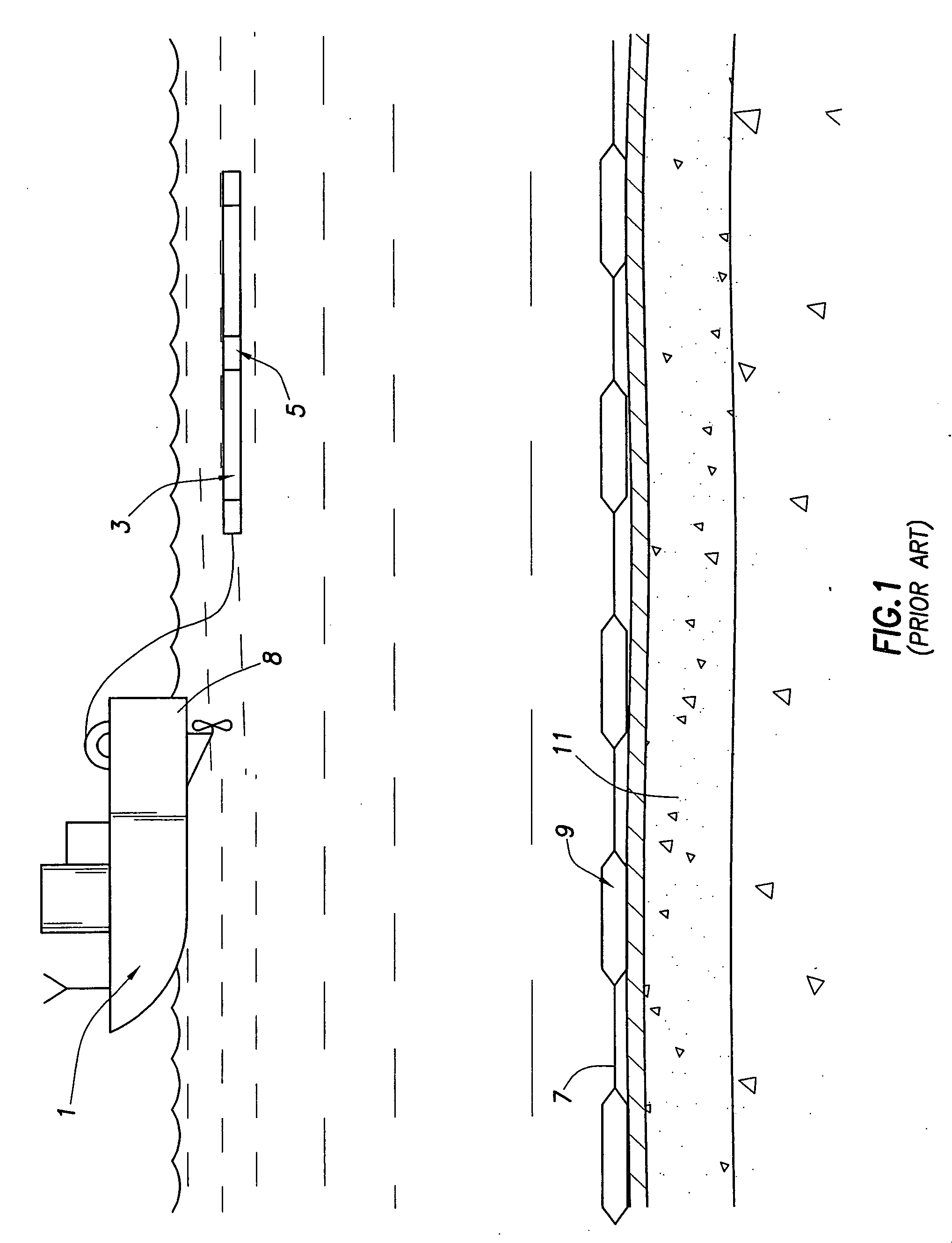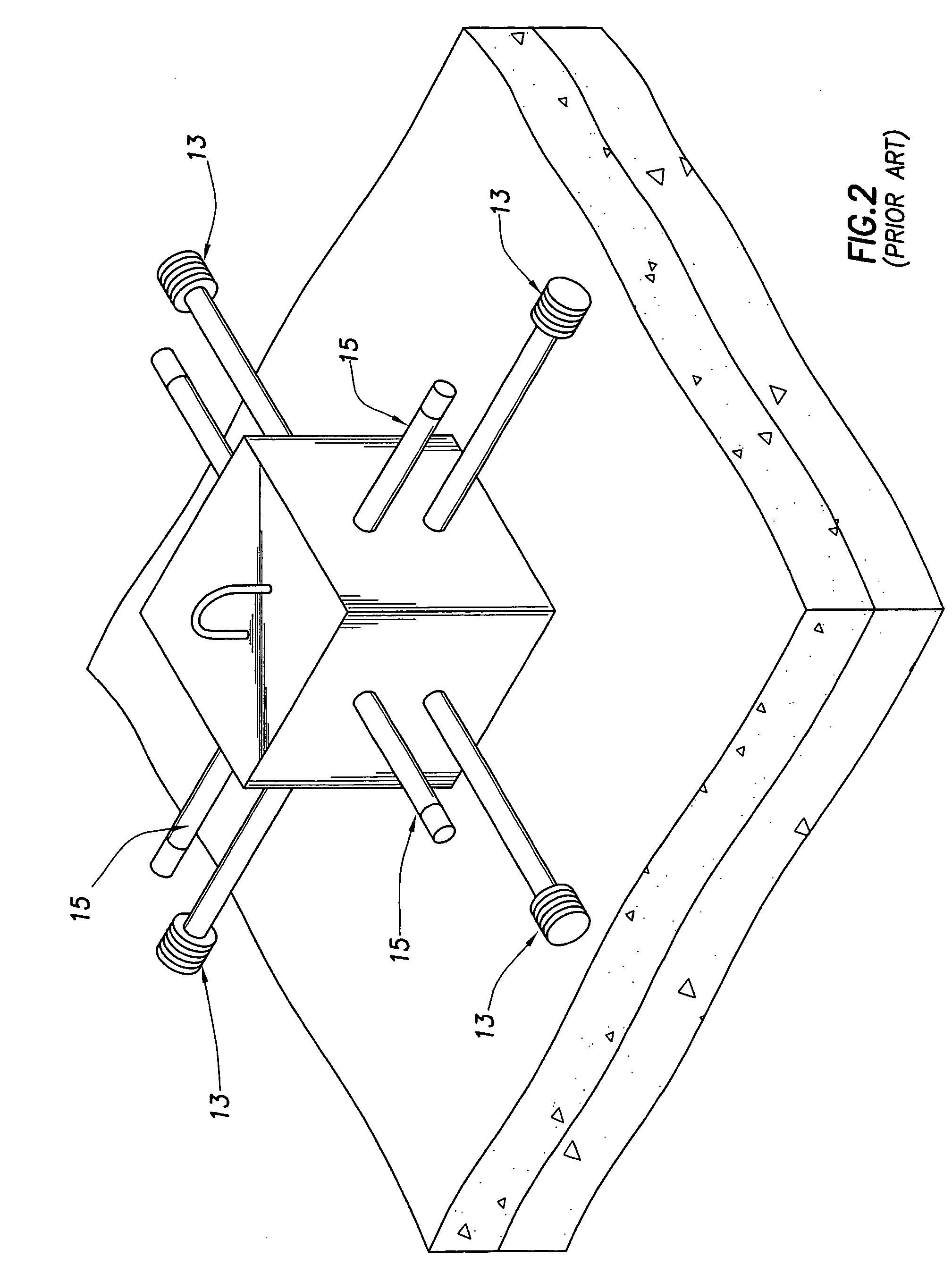Subsurface conductivity imaging systems and methods
- Summary
- Abstract
- Description
- Claims
- Application Information
AI Technical Summary
Problems solved by technology
Method used
Image
Examples
Embodiment Construction
[0071] The theory and practice of the above methods for mapping the distribution of electrical conductivity of the earth formations form the basis of the present invention. The present invention relates to methods and apparatuses that use a high degree of spatial coverage to provide information about the resistivity distribution. In particular, the present invention provides methods that can be used in inhomogeneous formations. In one embodiment, the present invention provides a measurement system that includes several resistivity methods in a single sensor array to determine resistivities of the earth formations.
[0072] The spatial configurations of the inducing currents or fields, and of the secondary fields, in these methods may be described by their spatial Fourier transforms. Accordingly, the subsurface conductivity distribution may be described by a superposition of spatial sinusoids known as wavenumbers, which are the spatial equivalents of the frequencies in temporal variati...
PUM
 Login to View More
Login to View More Abstract
Description
Claims
Application Information
 Login to View More
Login to View More - R&D
- Intellectual Property
- Life Sciences
- Materials
- Tech Scout
- Unparalleled Data Quality
- Higher Quality Content
- 60% Fewer Hallucinations
Browse by: Latest US Patents, China's latest patents, Technical Efficacy Thesaurus, Application Domain, Technology Topic, Popular Technical Reports.
© 2025 PatSnap. All rights reserved.Legal|Privacy policy|Modern Slavery Act Transparency Statement|Sitemap|About US| Contact US: help@patsnap.com



